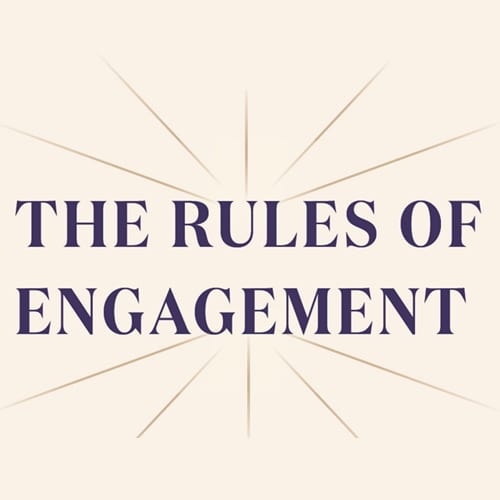
The Rules of Engagement
With Freemasonry expanding to new jurisdictions, it can be tricky to remember what one can – and can’t – share. How does one navigate conversations?
By Allan L. Casalou, Grand Secretary
Removing a loose brick in the wall separating the family library from the parlor, Elizabeth St. Leger had a full view of what was transpiring in the next room. Her curiosity stirred. Until then, she’d never witnessed a meeting of her father’s Masonic lodge. She was enthralled. But as the proceedings wound down, Elizabeth began to fear she would be detected. She bolted from the library – and ran into the butler, who, unbeknownst to her, was the tiler of the lodge. She screamed and fainted. The butler summoned her father. Realizing his daughter had witnessed their secret work, Lord Doneraeil determined that the best remedy was to pass her through the ceremonies she had just witnessed, ensuring her discretion by the obligation that would bind her.
This is the story of the “The Lady Freemason” receiving the degrees of Masonry in Cork, Ireland in the early 1700s, several years before the premier grand lodge was formed in London. It is but one of several stories of incidental female Masons – women secreting themselves in clocks and closets to witness the mysteries of Masonry, only to be discovered and then initiated by the reluctant master. But the history of women in Freemasonry is much deeper and much richer than these amusing tales suggest.
Women appear in the fraternity’s history from its earliest, operative days. While membership in the building trades of the Middle Ages was typically male, both men and women worked together on certain building sites and in some instances men apprenticed under female masters. In “The Legend of Good Women – Medieval Women in Towns and Cities,” German professor Erika Uitz sheds light on the prevalence of women builders in the Middle Ages. Early rulings restricted female guild membership to wives and widows, and sometimes limited their work to lighter duties, but sources also “suggest that women were employed in the hard physical work” including mortar-mixing, roof-making, and glazing. An early 16th-century woodcut depicts a man and woman lifting a large stone completing a chapel roof. Uitz explains that by the late Middle Ages, independent women were allowed membership in building trades in central Europe, a practice that spread as economic and demographic conditions changed.
The records of the Worshipful Company of Masons in London list numerous women on the rolls of apprenticeships in the late 1600s and early 1700s. Many were widows continuing a husband’s trade or supervising a minor son – but not all. For example, the rolls of 1714 include Mary Banister, who was neither the widow nor daughter of a Mason. Her father was a baker and she was not married. Wives and widows were offered discounted membership fees, however, Mary paid the company five schillings for a seven-year apprenticeship, the same as the men.
Researchers point to the language in surviving manuscripts of the Medieval trade guilds, including the Regius Poem and other Old Charges, which are esteemed by Masons, as a record of the evolution of the craft; some grand lodges consider them part of Masonic law today. The Regius Poem describes the scholar Euclid who “ordered that whoever was a better worker should teach even the slowest learner to become perfect in the respectable Craft; so each one should teach the other and love one another like sister and brother.” The minutes of the first lodge in Edinburgh uses the terms “he” and “she” when referring to operative Masons.
Some researchers use the above examples as evidence of mixed gender in the Medieval building trades, while others dispute the idea. There are also claims that speculative lodges of men and women, called “androgynous lodges,” were operating in London in the early 18th century, but, here too, evidence is scant.
Notwithstanding these debates, there is no doubt that masculine Masonry was formalized in 1723 when the London grand lodge adopted Anderson’s Constitutions. It reads, “The persons admitted members of a lodge must be good and true men, freeborn, and of mature and discreet age, no bondsmen, no women, no immoral or scandalous men, but of good report.” It could not be clearer. This new grand lodge was for men only.
The new constitutions provided lodges with the structure, order, and consistency lacking in the crude craft of speculative Masonry then blooming in the British Isles, and masculine Freemasonry spread around the globe like wildfire. By the mid-20th century, membership reached an all-time high: tens of thousands of lodges and millions of Freemasons, exclusively male. This masculine tradition was passed faithfully from one continent to the other and one generation to the next – in many cases, without any knowledge that women were practicing in the same fraternal society all the while, albeit in smaller numbers.
As lodges formed in France in the 1730s, the grand lodge there wrestled with how to address the interest by women in their masculine craft. Androgynous lodges already existed in Paris, and other lodges performed separate degrees for women. By the 1740s, in answer to this interest, the grand lodge established Lodges of Adoption, a separate system of degrees for women called the Adoptive Rite.
Apparently there were several variations of the Adoptive Rite. “The Perfect Mason,” published in 1744, describes three degrees. According to Michael Segall, former grand chancellor of the Grand Lodge of France, the Primitive Rite had four degrees (Apprentice, Companion, Mistress, and Perfect Mistress); the French Rite, the most prevalent, had five degrees (adding Elect Sublime Scottish Lady to the former); and there was also a Ten Degree rite, which Segall said was “seldom worked and copying in part the [Scottish Rite] degrees.”
French Masons debated the propriety of the Adoptive Rite. Some men disfavored the practice altogether. But, according to Albert Mackey, these androgynous lodges “became so numerous and so popular that a persistence in opposition would have evidently been impolitic, if it did not actually threaten to be fatal to the interest and permanence of the Masonic Institution.”
The Adoptive Rite flourished in France and eventually made its way to America. One of the first known adoptive lodges in America was St. Anne’s Lodge in Boston. One of its founders, Hanna Crocker, authored “A Series of Letters on Free Masonry,” published in 1815 under the penname “A Lady of Boston.” In her first letter, dated September 7, 1810, Crocker wrote, “I had the honor some years ago to preside as Mistress of a [lodge], consisting of females only; we held a regular lodge, founded on the original principles of true ancient Masonry, so far as was consistent for the female character.”
For Crocker, the aim of Freemasonry was to elevate the human mind and she believed Masonry was a stimulus for the feminine consciousness at a time when there were few inducements for it. Describing the times, she wrote, “If women could even read and badly write their name it was thought enough for them… But the aspiring female mind, could no longer bear a cramp to genius.” On Freemasonry, she concluded, “I have reason to believe this institution gave the first rise to female education in this town, and our sex a relish for improving the mind.”
She was not alone in her thinking. Albert Pike, one of the most referenced Masons in Masonic history, wrote:
“Our mothers, wives, sisters, and daughters cannot, it is true, be admitted to share with us the grand mysteries of Freemasonry, but there is no substantial reason why there should not be also a Masonry for them, which may not merely enable them to make themselves known to Masons, but by means of which, acting in concert through the tie of association and mutual obligation, they may cooperate in the great labors of Masonry by assisting in, and, in some respects, directing their charities and toiling in the cause of human progress.”
By the early 19th century, Masons in a number of states were writing and performing female degrees, and Pike himself is credited with translating a form of the Adoptive Rite into English. Unlike other forms then practiced, this variation was very similar to the masculine lodges of his time, down to the details of the aprons the “sisters” wore.
Most female degrees at the time were conferred upon the wives, daughters, and widows of Masons – but Pike seems to have performed the degrees for at least one person with no Masonic relation. In 1866, 18-year-old sculptor Vinnie Ream Hoxie was selected by the U.S. Congress to create a statue of Abraham Lincoln, making her the youngest artist and the first woman to receive such a commission. She became a prominent figure in Washington, DC, and met and befriended Pike, who was living there. At some point, Hoxie was made a Mason, and a few years after completing the Lincoln statue, she completed one of Pike.
In “Haunted Chambers: The Lives of Early Women Freemasons,” Karen Kidd describes Hoxie’s enthusiastic support of the Adoptive Rite. She writes, “Vinnie took on Pike’s project of establishing an American Adoptive Rite, as he imagined it, with as much energy as ever she committed to her art. She soon was quoted in the press as pointing out the roots of the American Rite in the French Rite of Adoption.” The attention Hoxie drew was not always positive. In fact, she faced significant opposition by male American Masons. Her and Pike’s hopes to expand the Adoptive Rite in Washington, DC were never fully realized, perhaps in part because of this negative sentiment – or perhaps because there was a stronger adoptive brand already developing in the United States.
Despite facing criticism of his own, Rob Morris, a past grand master of Kentucky, was a steadfast advocate of the Adoptive Rite in America – even publishing a magazine titled “The Adopted Mason.” By 1855, Morris created the Supreme Constellation of the American Adoptive Rite, a new form of Freemasonry that evolved into the Order of the Eastern Star (OES). OES was very successful, and ultimately grew to more than 500,000 members, which, at its apex, was the largest mixed fraternal organization in the world. This might explain why other forms of mixed and feminine Masonry have not been as prevalent in the United States as elsewhere in the world. (See “A Voice During the Women’s Movement” on page 20 for more.)
Except for the success and growth of OES, the popularity of the Adoptive Rite in the United States and around the world waned in the late 19th century. Men and women in adoptive lodges were no longer content to practice a different rite; they longed to partake in the same ceremonies as the masculine lodges. In France, they were about to.
Maria Deraismes was initiated into Les Libres-Pensuer Lodge in Paris in 1882, using the same ritual the men had been using for more than 150 years. George Martin, a doctor and politician, was among the brothers present for the historic occasion: one of the first recorded instances of a woman’s initiation into a regular lodge of Masons. It’s not surprising that Deraismes, who was active in France’s women’s rights movement and nascent humans’ rights organizations, claimed the distinction. Her initiation met with such acrimony that she eventually withdrew from the lodge – but she was not deterred. She and Martin worked together to found the first grand lodge of “mixed Masonry” a decade later, the Scottish Symbolic Grand Lodge – Human Right, which would soon become the International Order of Mixed Freemasonry – Human Right (Le Droit Humain, in French, or LDH).
Today, LDH operates lodges in more than 40 countries on each of the five main continents. In the United States, the first of these was established in Pennsylvania in 1903 under the leadership of French Freemason Francois Goaziou, a newspaper editor. A few years later, he led the creation of a subsidiary grand lodge called the American Federation LDH, which now has lodges in more than 20 states, including several lodges in California.
Meanwhile, England’s first LDH lodge was founded by Annie Besant, a leader in the women’s rights movement in the United Kingdom. Besant and a number of friends received their Masonic degrees from LDH in Paris in 1902, and returned to London to establish England’s first lodge of mixed Masonry the same year. Besant became the grand commander of a subsidiary LDH grand lodge, and during her tenure, English mixed Masonry developed Mark Masons lodges, the Holy Royal Arch, and a past master’s degree – aligning their additional bodies as the masculine grand lodge in England had and differentiating it from their French counterparts. A splinter grand lodge, which also practiced mixed Masonry, was created in 1908: the Honorable Fraternity of Ancient Freemasonry (HFAF).
As the 20th century dawned, men and women were practicing Freemasonry together, in the same lodges, using its ancient rituals and ceremonies. Soon, though, there would be the Great War and women would play an increased leadership role in the world – and in the lodge.
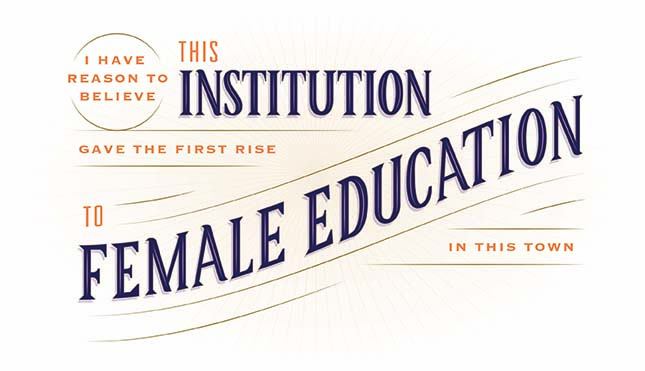
Great Britain entered World War I in August of 1914, eventually conscripting the majority of all fit men ages 18 to 51. Women filled the jobs the men had left – and in the case of the mixed grand lodge HFAF, women also filled the lodges.
Despite the lack of male applicants during the war, HFAF still attracted new members under its transformative female grand master, Marion Halsey. Eighty-eight women – mostly single women and women without children – were initiated during the war years, compared to just 12 men. Soon, most everyone in the lodge was female. When the war ended, the men who survived returned home and returned to lodge. About the same time, HFAF requested formal recognition from the United Grand Lodge of England, but it was not granted. Halsey and her leadership team realized they were destined to stand on their own – as women. Between 1919 and 1925, HFAF initiated 253 women and just two men. By 1935, the last male member died and pure feminine Masonry was born. In 1958, its Golden Anniversary, HFAF added “Order of Women Freemasons” to its name. Today, the order has more than 6,000 members in the United Kingdom and other parts of the world.
Across the channel, French Freemasons were on a similar path. In 1935, the Grand Lodge of France granted autonomy to a number of adopted lodges to form a women’s grand lodge in France. World War II interrupted their plans, but eventually in 1952, the Women’s Grand Lodge of France was formed. This new grand lodge cast aside the Adoptive Rite, preferring to work in the Ancient and Accepted Scottish Rite. Soon, feminine lodges were created throughout France and other parts of Europe, including Belgium.
Across the Atlantic in Mexico, the first women’s lodges were founded in the late 19th century, dissolved, and returned in other forms. These original efforts by women were followed in 1958 by the United Women’s Grand Lodge “Alma Mexicana,” which remains one of the largest feminine grand lodges today, with 87 lodges in 18 Mexican states and the Federal District.
Here in California, in 2017, three Los Angeles lodges associated with Alma Mexicana formed the Women’s Grand Lodge of California, complementing the French and Belgian feminine lodges already established in the state.
Indeed, feminine Masonry today only seems to be growing. In 2008, French Grand Master Yvette Nicolas articulated her view on its purpose:
“To be a women’s grand lodge does not mean withdrawal nor unwillingness to share Masonic work with men. This choice meets the need to find a specific time-space unit for thought and expression, allowing women to fully engage with their feminine identity and responsibility as women in the world.”
Surely, there are men who can relate. Masculine grand lodges around the world are learning more about the various distinctions created over the centuries regarding gender in Freemasonry. In fact, the world’s premier grand lodge is leading the way.
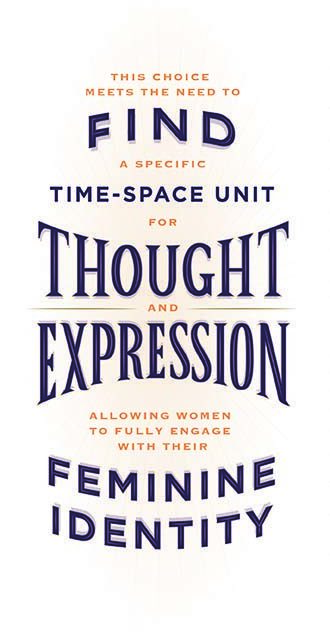
Considered the mother grand lodge of the world, the United Grand Lodge of England (UGLE) draws the constant attention of the fraternity. Masculine grand lodges (and perhaps mixed and feminine ones, too) regard UGLE actions and practices as the original, leading form of Masonry. Twenty years ago, on the threshold of the 21st century, the premier grand lodge formally addressed gender. In a statement on March 10, 1999, UGLE explained the existence of feminine and mixed Masonry in England and informed their members that they were “free to explain to non-Masons, if asked, that Freemasonry is not confined to men” even though UGLE does not admit women – that is, unless the woman was a man when initiated. Indeed, UGLE later acknowledged that gender is not always a permanent status. On July 17, 2018, UGLE published a policy stating that a person who has undergone gender reassignment and becomes a man may apply for membership in their lodges. Further, a Mason who after initiation becomes a woman is entitled to maintain her active membership in the lodge. The instructions to lodges include a dress code for women at meetings.
It’s impossible to know how the fraternity’s ideas about gender distinctions while practicing Freemasonry will evolve in the future. From the outset of Freemasonry, both men and women have participated in its mysteries and advanced its aims. In all parts of the globe, including in the state of California, there exist today three streams of Freemasonry distinguished by gender – masculine Masonry for men only; feminine Masonry for women only; and mixed Masonry for men and women together. As long as the human mind finds happiness in experiencing and learning from Freemasonry’s initiatic rites and rituals in a gender specific environment, the three streams are likely to continue.
While countless questions remain for the future of gender and Freemasonry, this much is certain: Today, a woman doesn’t have to peek through loose bricks or hide in a cabinet to become a Mason. Women and men alike can knock directly at the door of Freemasonry, of their own free will and accord.
Longtime members and new brothers can use these questions as the starting point for a discus-sion in lodge, or in one-on-one conversations.

With Freemasonry expanding to new jurisdictions, it can be tricky to remember what one can – and can’t – share. How does one navigate conversations?
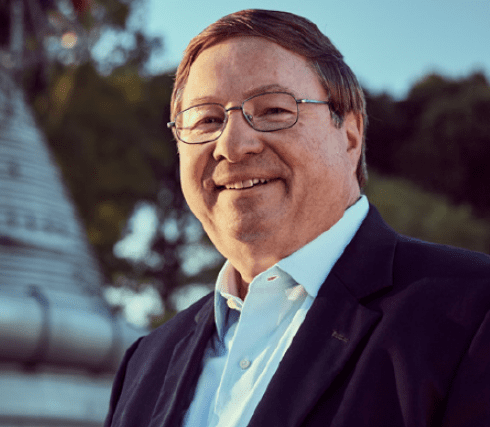
Senior Grand Warden Arthur H. Weiss considers the universal nature of Freemasonry’s lessons, and its appeal to men and women alike.
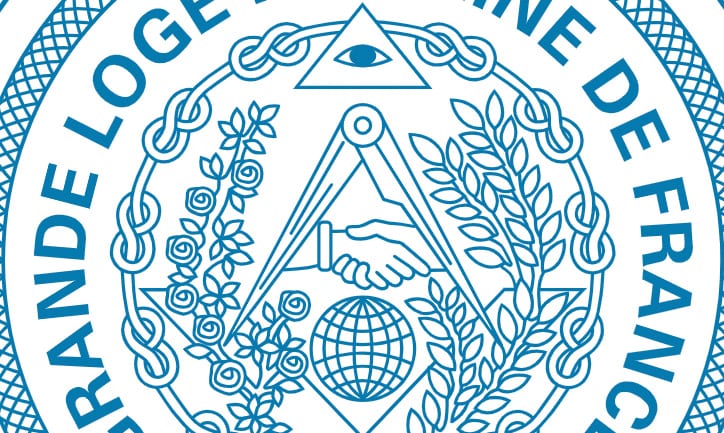
Similar to masculine Masonry, these feminine and mixed orders use Masonic ritual and symbolism as tools in the search for truth.